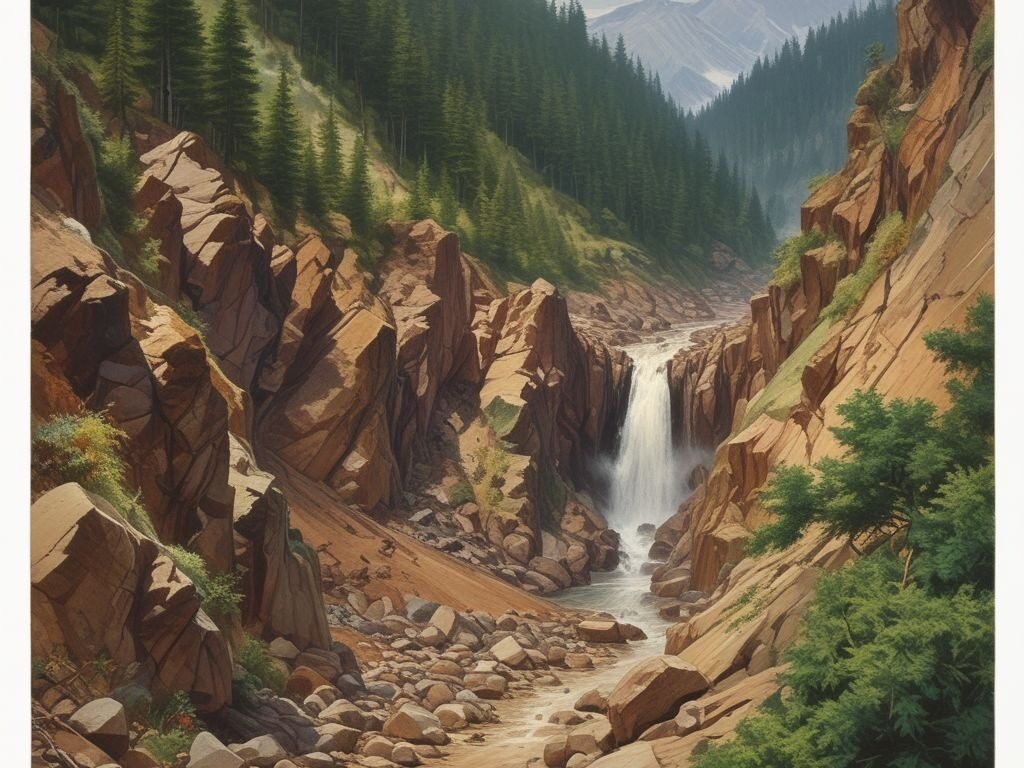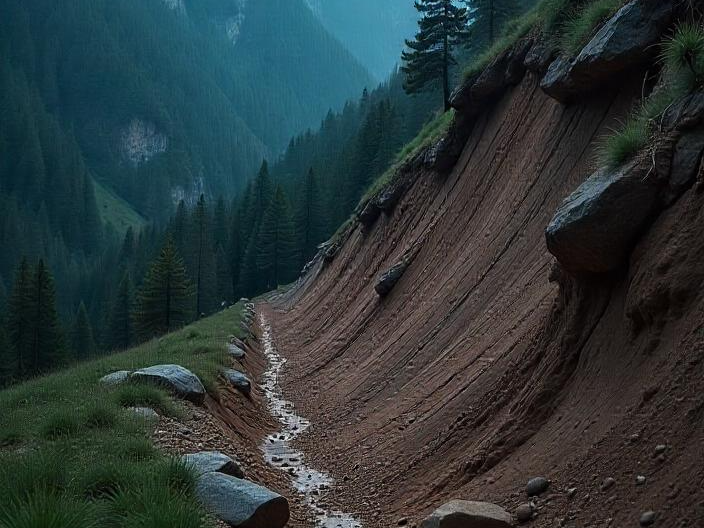Landslides: The Silent Threat We Must Not Ignore

Landslides are one of the most underestimated yet devastating natural disasters, silently posing risks to lives, properties, and the environment. Often triggered by a combination of natural forces and human activities, landslides can strike with little warning, leaving a trail of destruction in their path. It’s time we shine a light on this hidden hazard and equip ourselves with the knowledge to prevent and respond to it.
What Are Landslides?
A landslide is the movement of rock, soil, and debris down a slope under the influence of gravity. These events can happen suddenly and without warning, often during or after heavy rainfall, earthquakes, or volcanic eruptions. In some cases, human actions—such as deforestation, mining, and poorly planned construction—significantly increase the chances of a landslide occurring.
What Causes Landslides?

Landslides don’t happen randomly; they’re often the result of specific triggers:
- Heavy rainfall: Excess water infiltrates the soil, reducing its strength and cohesion.
- Earthquakes: Vibrations can destabilize even solid-looking slopes.
- Deforestation: Tree roots help hold soil together—removing them weakens the ground.
- Unregulated construction: Roads and buildings built on or near unstable slopes disrupt the natural balance.
- Soil erosion: Ongoing erosion gradually removes support from hillsides.
These triggers often interact—making some areas especially vulnerable when multiple factors combine.
Why Are Landslides Dangerous?
The impact of landslides is immense. They can destroy homes, bury roads, sweep away farmland, and even block rivers—causing sudden floods. In mountain and hill regions, landslides are among the leading causes of fatalities during storms or earthquakes. Economically, they result in billions of dollars in damages every year, and environmentally, they degrade ecosystems, reduce biodiversity, and increase sedimentation in rivers and lakes.
How Can We Prevent and Prepare?

While we can’t stop nature, we can certainly prepare for it. Prevention and early response are key:
- Monitoring systems: Use sensors, satellite data, and weather tracking to monitor high-risk zones.
- Land-use planning: Avoid building in landslide-prone areas and enforce zoning regulations.
- Reforestation: Planting trees can restore stability to slopes.
- Drainage control: Managing stormwater can reduce soil saturation.
- Community training: Educate people on warning signs and how to evacuate safely.
Installing early warning systems, conducting regular geological surveys, and promoting sustainable development are all essential parts of reducing landslide risk.
The Role of Community and Environment

Prepared communities are resilient communities. Encouraging local participation in disaster preparedness, organizing awareness drives, and working closely with environmental agencies can save lives. Restoring natural landscapes and respecting geological boundaries are not just good environmental practices—they’re lifesaving ones.
Final Thoughts
Landslides may not make headlines as often as hurricanes or wildfires, but their danger is very real. Understanding the causes, recognizing the risks, and taking proactive steps can make all the difference. Whether you’re a policymaker, a city planner, or simply a concerned resident—it’s time to take landslide awareness seriously.
Stay informed. Stay prepared. And never underestimate the power of the ground beneath your feet.
Immediate Danger – Call 911
- If you or someone nearby is injured, trapped, or in direct danger during a landslide or mudslide, dial 911 right away for emergency medical and rescue assistance.
📞 Non-Emergency but Urgent Situations
- Texas Division of Emergency Management (TDEM)
📱 State Operations Center: 512-424-2208
🌐 tdem.texas.gov
Coordinates state response during natural disasters including landslides, floods, and severe weather. - National Weather Service (NWS)
🌐 weather.gov
Visit for up-to-date watches, warnings, and forecasts for landslides, heavy rain, and flooding in your area.





